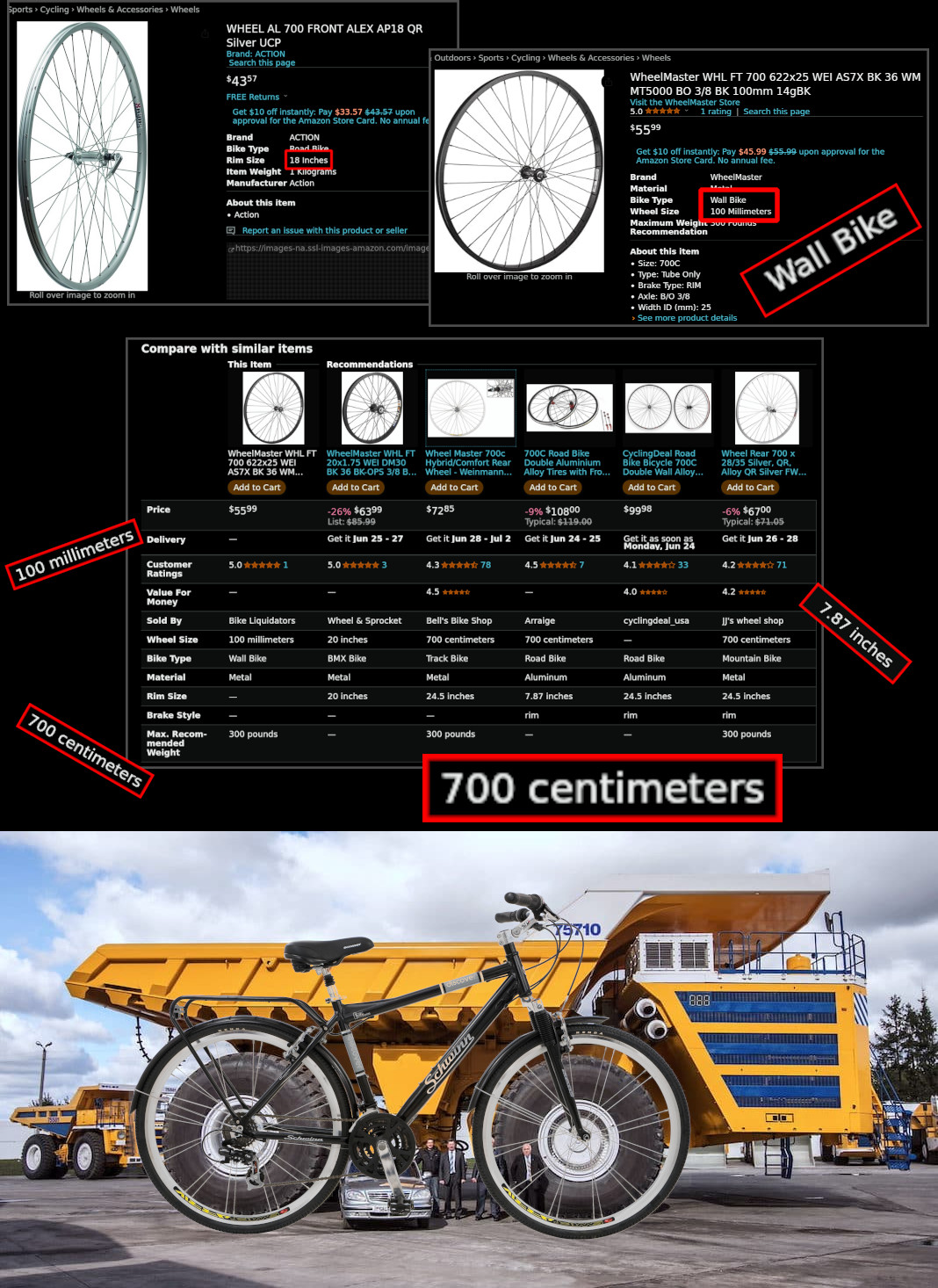All I wanted was to play the Factorio expansion, but Lemmy told me "Why play an imitation factory game when you could experience the original that inspired them all - gregtech?" So I did. Five months later, here we are.

TerraFirmaGreg is an unholy fusion of TerraFirmaCraft and GregTechCEu Modern. I just picked whatever modpack was popular at the time and ran on modern minecraft (1.20.1), and got pretty lucky with my pick. This gregtech version is actively developed, and while it is not the hardest greg out there, in combination with TerraFirma it becomes maybe 2nd hardest overall. It takes like 200 hours just to get an electric furnace! Congrats to the devs for making it all work.
There are some bugs here and there, some that even seemed like they would block progression, but turns out there is an in-game workaround for every one of those, and the entire full intended progression is currently completable in survival! I've used some creative-mode workarounds for non-game-breaking bugs, like spawning in Firmalife compost tumblers (and waterwheels to power them) and greenhouse sprinklers, which exist and work but are missing a recipe, and tier 2 space rockets which are also missing a recipe. I heard some more bugs have been fixed by the devs since, but I was too afraid to update an already working installation.
The game balance is here and there, but again everything is completable in the end. Like any proper factory game, the lack of any particular resource at any point in progression is more a problem of insufficient production for that resource than of game balance per se :D The exponential growth power curve smooths out all kinks after a couple doubling steps anyway.
I can even kinda agree with keeping fire clay so rare, a controversial topic in itself that the devs have resisted to budge on. You have to travel over 10k blocks to the equator to find it. While it is annoying to have to spend an hour in a boat each way, in retrospect I appreciate having being able to experience the full range of TerraFirma biomes. I might not even have known they existed if I did not have this reason to go on this journey, or have adventures like being suddenly chased by an alligator. It's also fun to build and use multiblock sailing ships, for which sailing to the equator is their primary purpose.
For some ideas going forward, I'd like to see the spaceflight part of the modpack completed further. The rocket recipes fixed up, some tier 2 spacesuits, and the planets populated with lategame ore. Alpha Centauri (once it actually works) would be a great place to stick ~~unobtainium~~ naquadah, as I had to stripmine my entire overworld in search for it to make trinium for fusion coils. I heard the devs even raised naquadah spawns since then, but outer space would be a great alternative place for it.
I would also like to mention the youtubers Dragonium and Flurben who are doing a complete playthrough series of the modpack as a team. My experience with the modpack has been made ever more satisfying by being able to see other players go through the same challenges I did as I was doing it, and to compare their solutions. The Dragonium terrafirmagreg tips for every tech age sequence is particularly high production value and useful. Thx!
I wanted to post this report somewhere, and this latestagecapitalism sublemmy is the only existing community on this server dedicated to all things gregtech (and also someone named greg unrelated to gregtech, but mainly gregtech :D), so I'll post here. To fit the theme, here's a map marking all the resources I have mined out that were necessary for progression. Devastating all landscape within a 3000 block radius to further factory needs is latestagecapitalism, right?






Then you'd be surprised when you calculate the numbers!
A Falcon 9 delivers 13100kg to LEO and has 395,700kg propellant in 1st stage and 92,670kg in 2nd stage. Propellant in both is LOX/RP-1. RP-1 is basically long chains of CH2, so together they burn as:
Which is
2*44/(2*44+2*18) =71% CO2. Meaning each launch makes(395700+92670)*.71 =347 tons CO2 or347/13.1 =26.5 tons of CO2 per ton to orbit. A lot of it is burned in space, but I'm guessing the exhaust gases don't reach escape velocity so they all end up in the atmosphere anyway.As for how much a compute satellite weighs, there is a wider range of possibilities, since they don't exist yet. This is China launching a test version of one, but it's not yet an artifact optimized for compute per watt per kilogram that we'd imagine a supercomputer to be.
I like to imagine something like a gaming PC strapped to a portable solar panel, a true cubesat :). On online shopping I currently see a fancy gaming PC at 12.7kg with 650W, and a 600W solar panel at 12.5kg. Strap them together with duct tape, and it's
1000/(12.7+12.5)*600 =24kW of compute power per ton to orbit.Something more real life is the ISS support truss. STS-119 delivered and installed S6 truss on the ISS. The 14,088kg payload included solar panels, batteries, and truss superstructure, supplying last 25% of station's power, or 30kW. Say, double that to strap server-grade hardware and cooling on it. That's
1000*30/(2*14088) =1.1kW of compute per ton to orbit. A 500kg 1kW server is overkilling it, but we are being conservative here.In my past post I've calculated that fossil fuel electricity on Earth makes 296g CO2 per 1 kilowatthour (using gas turbine at 60% efficiency burning 891kJ/mol methane into 1 mol CO2:
1kJ/s * 3600s / 0.6 eff / (891kJ/mol) * 44g/mol =296g, as is the case where I live).The CO2 payback time for a ton of duct taped gamer PC is
1000kg * 26.5kg CO2/kg / ( 24kW * 0.296kg/kW/hour) / (24*365) =0.43 years. The CO2 payback time for a steel truss monstrosity is `1000kg * 26.5kg/kg / (1.1kW * 0.296kg/kW/hour) / (24*365) = 9.3 years.Hey, I was pretty close!